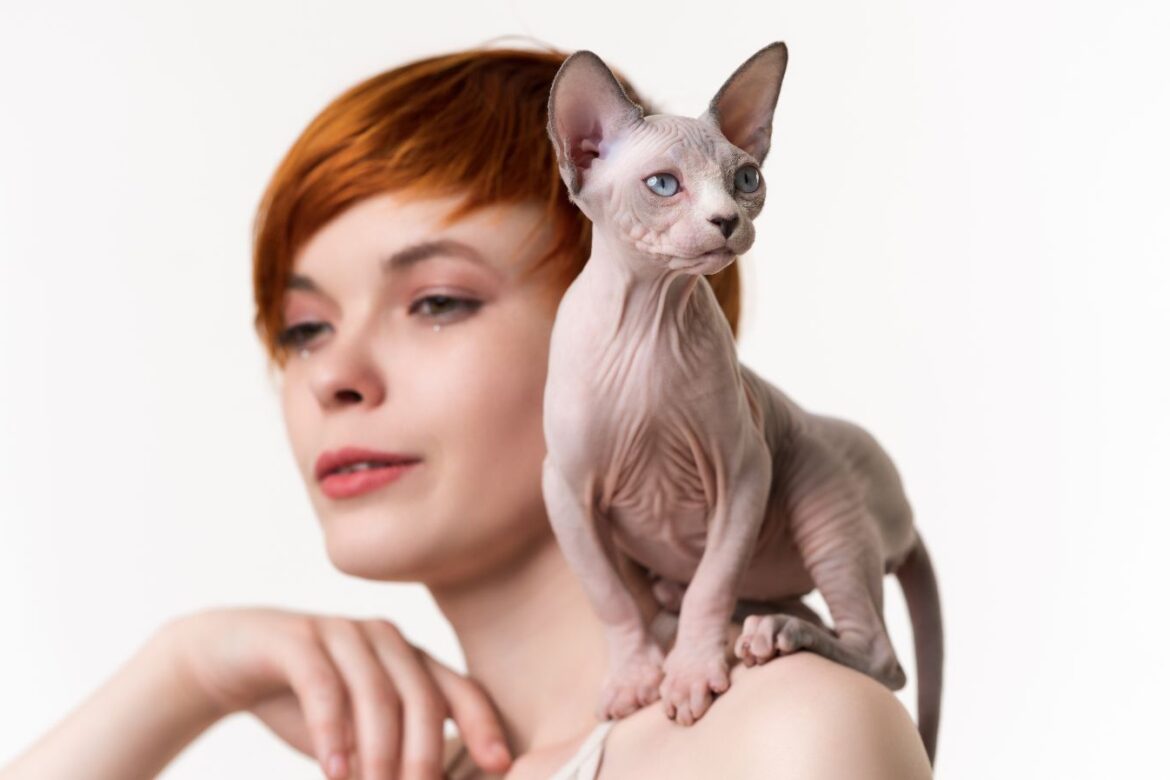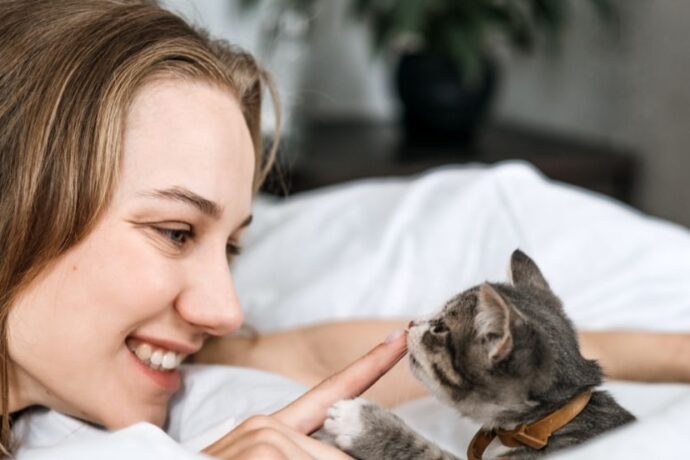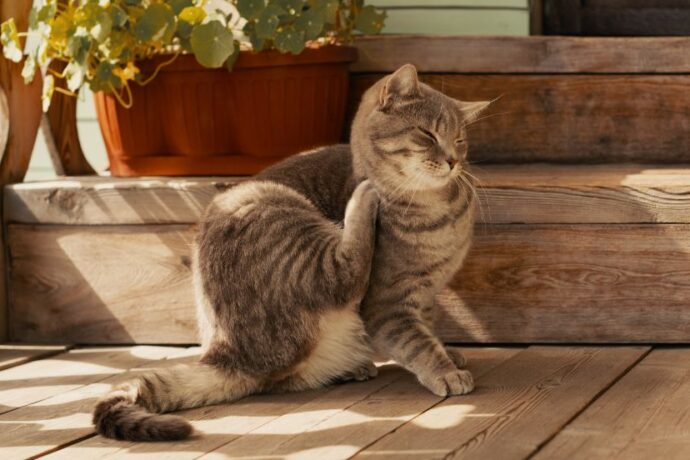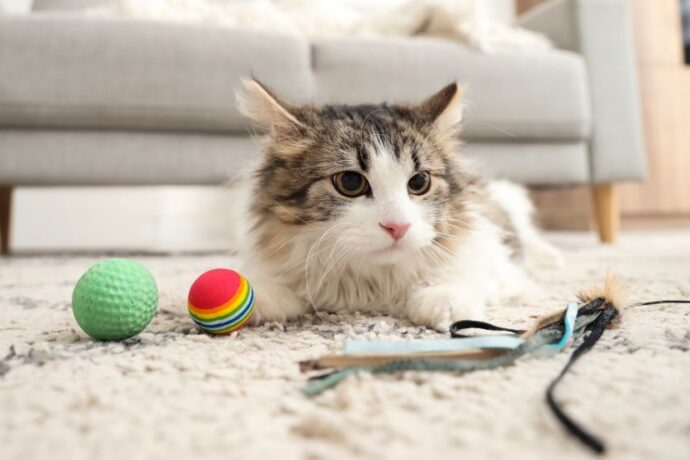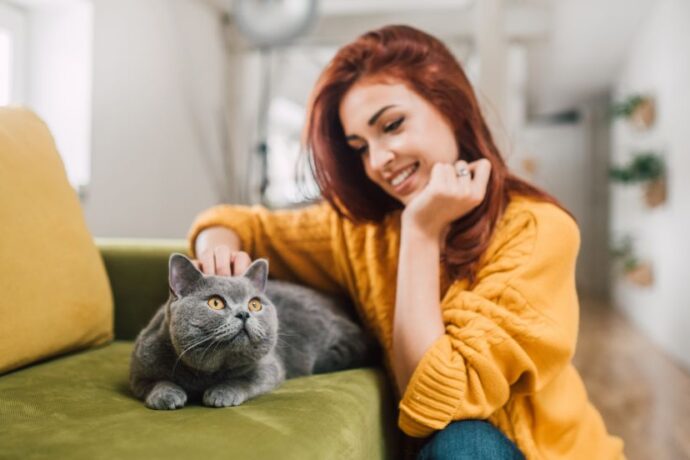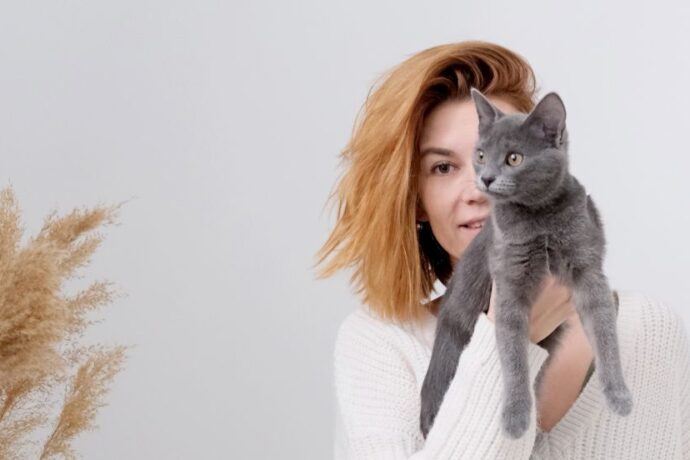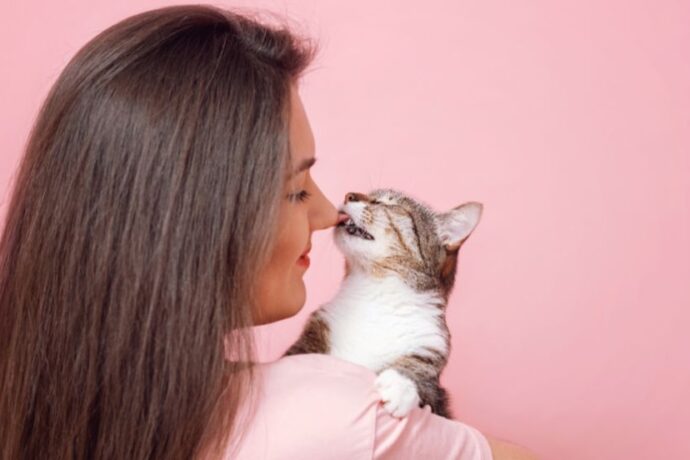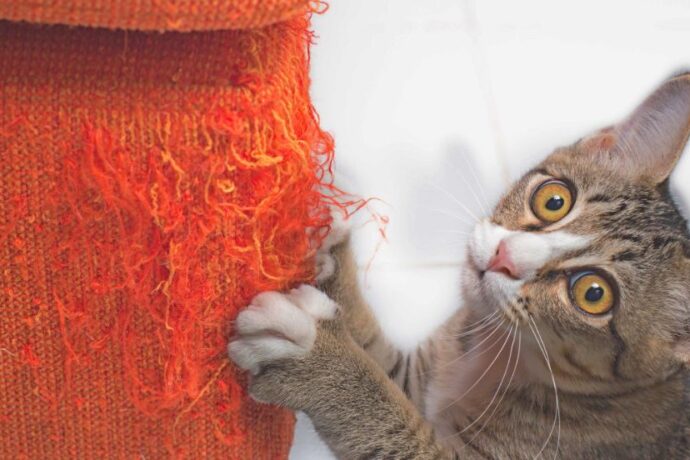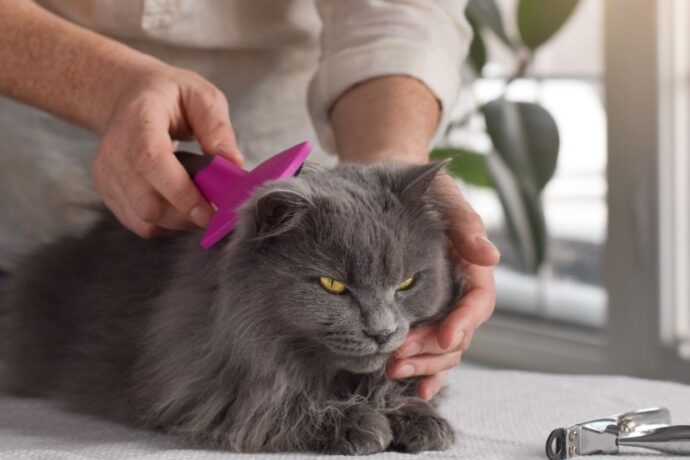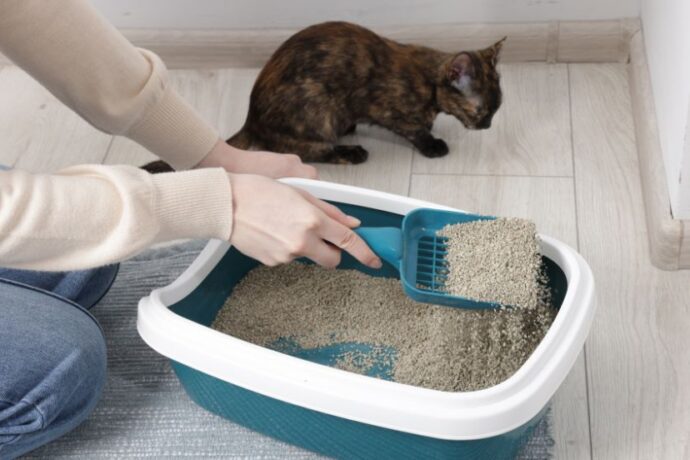Have you ever noticed your cat curling up next to you right when you’re feeling low? It’s as if they just know. Cats have long been associated with mystery, independence, and an almost psychic sensitivity to human emotions. While dogs are often celebrated for their loyalty and empathy, cats express their understanding in subtler, more nuanced ways.
Many cat owners will agree — when tears fall or moods drop, their feline companion somehow appears, offering quiet comfort. But how exactly do cats sense our emotions, and what makes their intuition so remarkable? Let’s explore the science, psychology, and deep emotional bond that make cats such intuitive creatures.
Do Cats Really Know When You’re Feeling Blue?
Research suggests that cats can indeed detect human emotions, particularly through changes in tone of voice, body language, and facial expressions. Unlike humans, who rely heavily on verbal communication, cats interpret emotional cues using nonverbal signals. A 2015 study published in Animal Cognition found that cats respond differently to their owners’ emotional states — they pay more attention and often approach when their humans display sadness or distress (1).
Cats are also sensitive to routine and energy shifts. When you’re sad, your movements may become slower, your tone softer, and your scent might even change due to hormonal fluctuations. Cats, with their acute senses, pick up on these subtle differences. They might not understand sadness as a concept, but they clearly notice something is different — and they adjust their behavior in response.
How Feline Instincts Decode Human Emotions
Cats rely on their highly developed senses to interpret their surroundings. Their olfactory system (sense of smell) and hearing are especially powerful tools in reading human emotional states. Studies have shown that emotional stress in humans can alter body chemistry, releasing hormones such as cortisol (2). Cats may detect these changes through scent or subtle behavioral cues.
Additionally, cats are exceptional observers. Over time, they learn your habits, daily rhythms, and emotional expressions. When those patterns shift — you stop playing, speak less, or stay in bed longer — your cat takes notice. Unlike dogs, who might react with overt concern or excitement, cats tend to respond with calm presence. They may sit near you, blink slowly, or gently press against your hand — quiet gestures that communicate comfort and understanding.
Interestingly, cats also mirror human behavior.
Research in the Journal of Veterinary Behavior indicates that cats often synchronize their mood and activity with their owner’s emotional state (3). When you’re sad or anxious, your cat might become more subdued as a form of emotional alignment — a subtle but powerful demonstration of empathy.
A Bond Forged Through History: Humans and Cats
The connection between humans and cats dates back thousands of years. Ancient Egyptians revered cats as sacred beings — symbols of protection, fertility, and companionship. Beyond religious reverence, early farmers relied on cats to control pests, creating a mutually beneficial partnership that eventually evolved into companionship.
Over centuries, this bond deepened. While dogs were bred to serve specific roles like guarding or herding, cats adapted through coexistence — learning to interpret human cues for survival and comfort. This long-standing coexistence helped shape cats’ ability to read human behavior and emotions with uncanny precision.
Modern domesticated cats have inherited this deep sensitivity. Though they may appear independent, their instincts are closely tied to observing and understanding human moods. In many ways, cats have evolved alongside us, fine-tuning their awareness to fit into the emotional rhythm of our homes.
The Healing Power of a Strong Human–Cat Bond
Having a close relationship with your cat doesn’t just benefit your furry friend — it can profoundly impact your mental and emotional well-being. Numerous studies support the therapeutic effects of interacting with cats. According to research published in Frontiers in Psychology, petting a cat can lower cortisol levels (the stress hormone) and boost oxytocin, the “love hormone” associated with bonding and relaxation (4).
When you’re sad, your cat’s purring isn’t just comforting — it may also be healing. A cat’s purr vibrates between 25 and 150 Hz, frequencies that are known to promote tissue regeneration, reduce pain, and lower stress in humans. This phenomenon, sometimes called “purr therapy,” is supported by findings from animal physiology research indicating that these vibrations can stimulate bone growth and improve healing rates.
The simple act of sitting quietly with your cat can bring emotional balance. Cats provide what psychologists refer to as unconditional positive regard — they don’t judge or demand explanations. They simply exist beside you, offering comfort through their presence. This nonverbal connection can be especially powerful for people struggling with anxiety, depression, or loneliness.
Backed by Science: Why Cats Make Empathetic Companions
While cats may not experience empathy in the same complex way humans do, scientific studies confirm that they respond to emotional cues with adaptive behaviors. A 2020 study in the Animals journal found that cats adjust their interactions depending on their owners’ facial expressions — showing more affection or attention when humans appear sad or distressed.
Additionally, researchers from the University of Lincoln in the UK discovered that cats form secure attachments to their owners, similar to the bonds seen between children and caregivers (5). This attachment allows them to read human emotions and seek proximity or offer comfort when they perceive sadness or tension.
Such findings highlight that cats are not indifferent companions. Their emotional intelligence may be understated, but it’s deeply rooted in biology, behavior, and thousands of years of evolution alongside humans.
FAQ’s Frequently Asked Quetions
1. Why does my cat always come to me when I’m crying?
A. Cats are drawn to emotional changes. When you cry, your scent, tone, and body language shift, signaling distress. Your cat recognizes this and may approach to provide comfort or reassurance.
2. Can cats sense anxiety or depression?
A. Yes. Cats can sense emotional distress through subtle cues like energy levels, voice pitch, and routine changes. Many owners report that their cats become more affectionate or calm when they’re struggling emotionally.
3. How can I strengthen my emotional bond with my cat?
A. Spend quiet time together, engage in gentle play, talk softly, and maintain consistent routines. Cats thrive on trust and familiarity — the stronger your bond, the more attuned they become to your emotional world.
Conclusion:
Cats may not speak our language, but they understand us in ways words can’t express. Their intuition, shaped by evolution and deep emotional attunement, allows them to sense when we’re sad and respond with quiet compassion. Whether it’s a comforting purr, a warm cuddle, or simply sitting nearby, cats offer a unique form of empathy that soothes the human spirit.
References:
1. Emotion Recognition in Cats
2. The impact of stress on body function
3. Understanding feline emotions
4. Pet Therapy
5. Cat Fight or Feline the Love

